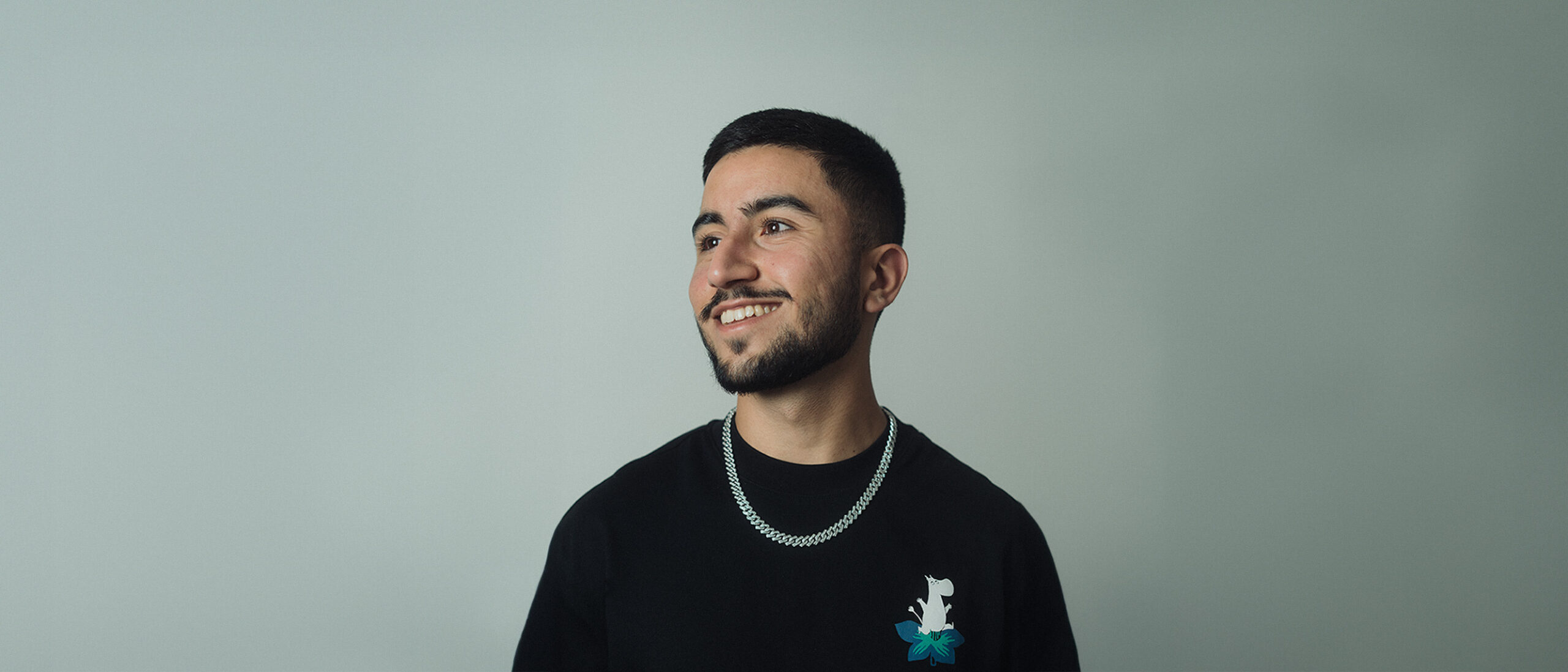
If you’ve always dreamt of being an actor or actress, you can write your own script and create characters that represent your struggles. Art can also help those who feel tied down or unsure of who they are. Many people with SUD experience denial, and many who complete treatment are unsure regarding the work they need to do to maintain recovery. However, art can be reflective of who you are as a person.
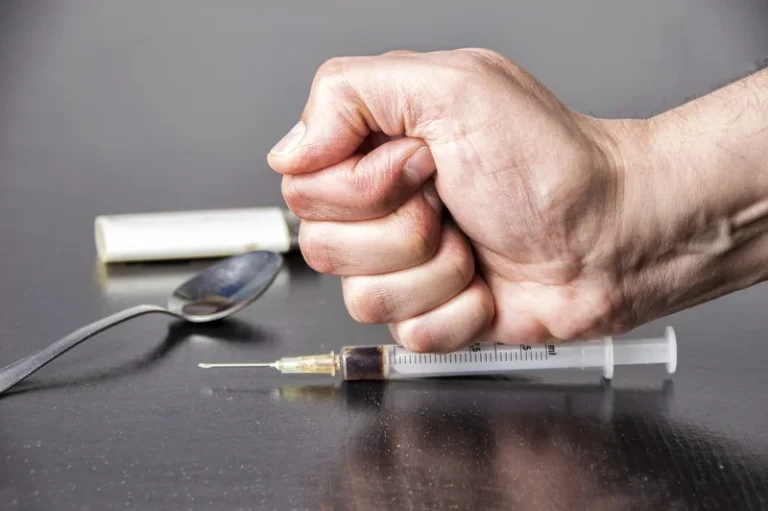
Art Therapy as a Path to Healing
Art therapy is known to be an effective technique in improving mental and emotional well-being, especially for those in addiction recovery treatment. As recovery progresses, creative exercises for maintaining sobriety become crucial. The group’s yoga sessions helped Lisa learn relaxation techniques that she could practice at home for stress reduction. Participant involvement in the planning and execution of relapse prevention group therapy is essential to promote engagement and encourage ownership. This can make the activities more relevant and effective in supporting long-term recovery. Learning to play an instrument or joining a group activity such as a singing class can be a therapeutic outlet for emotional expression.
How Creativity Aids in Addiction Recovery
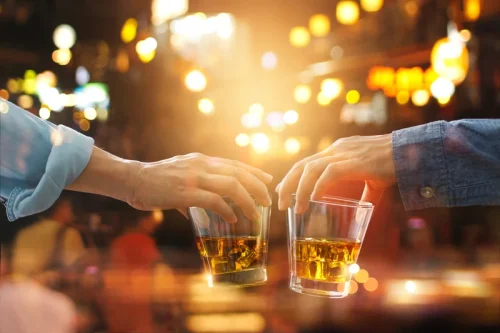
Poetry writing is a central technique in expressive arts therapy that aims to mobilize artistic language, symbolism, and poesy as the source of creative expression. Clients can be encouraged to write expressively but also share poems written by others that have moved them. In this article, art therapists Gioia Chilton and https://ecosoberhouse.com/ Rebecca Wilkinson describe how they use mask making while working with people in addiction recovery. Human beings have used expressive arts as healing modalities since ancient times (Malchiodi, 2020). Expressive arts therapists facilitate multimodal creative expression, sometimes in one session, usually non-directively.
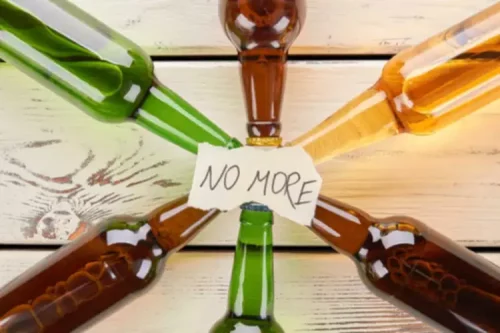
Explore Your Rehab Options
Jack, a 29-year-old finance professional, struggled with a severe addiction to Adderall, a stimulant drug he started using to stay on top of a demanding job. Over time, the drug use and dependency affected his work performance, eroded his happiness, and strained his relationships with family members, friends, and colleagues. Please keep reading to learn more about how a relapse prevention group activity could benefit you or a loved one in recovery from addiction. Art therapy provides a path to connecting with ones inner voice and can be a tool for those who need something to turn or help sustain their sobriety, long after professional treatment has ended. All of the above are repercussions from the misappropriation of the human “fight or flight” response that drug and alcohol addiction hijacks. As such, an individual can easily overreact to an everyday situation, compounding their problem and making it near impossible for social interaction and the ability to forge healthy relationships.

In addition, the group leader should create a welcoming atmosphere where everyone feels valued. For example, when new members join the group, icebreakers and interactive activities can help them feel more comfortable. Workshops and sessions on financial planning and vocational skills help you prepare for employment and self-sufficiency. These skills reduce financial and employment-related stressors by preparing you for responsible and sober living. Ongoing education reinforces positive behaviors, helps you adapt to changing circumstances, and stay motivated in your recovery efforts.
- For me, honoring those parts of myself, bringing them into the light, and then containing them once again brought about a new level of self-awareness that I remember fondly to this day.
- The visuals that manifest are a way to convey the horrors they have witnessed.
- Through addiction recovery art, psychological concerns like stress, anxiety, depression, or trauma can be brought to light, and the weight they put on our development can be lessened.
- A study conducted by the American Journal of Public Health found that engaging in the arts can help reduce stress and anxiety, improve mood, and even boost self-esteem(1).
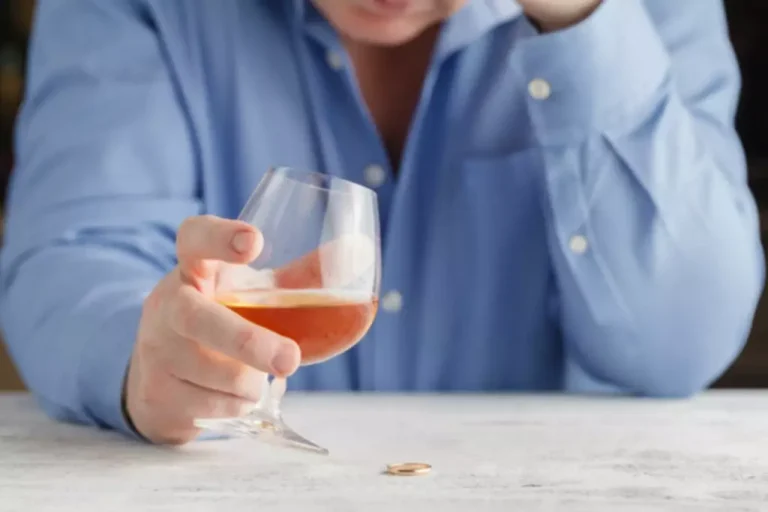
The arts offer an opportunity for people in sobriety to tap into their creativity as a means of coping with their emotions, exploring their new identity, and connecting with their inner self. Through practices such as painting, drawing, writing, and music, the arts provide a safe and constructive way to channel one’s energy and express their thoughts and feelings. This is compounded by the fact that addicts often feel alienated both from the world at large and from their very selves. A person might, for example, not be able to explain what grief feels like, but they might be able to portray it on a canvas. The art thus acts as both a stimulus and medium, enabling expression to take place that would otherwise remain impossible. As children, we’re shown how to color and paint pictures in ways that show off our creativity.
- It teaches you how to overcome emotional roadblocks and express yourself when communicating with others.
- And let’s not forget the power of good communication.
- This is helpful on a survival level, but when clients get stuck in that mode, they can experience all kinds of issues and symptoms.
- This process involves the client using a fluid medium, such as paint, to help illustrate feelings of being out of control or self-destructive.
Art as a Form of Expression
- During this process, the therapist asks questions that tie back to emotions and thoughts, connecting the artwork with the inner workings of the artist.
- Through art making, participants can explore these complex concepts.
- It can also promote relaxation and build social connections, thus aiding in relapse prevention.
- Place diluted watercolor paint in a cocktail straw and blow onto a piece of paper.
The key is to maintain a spirit of openness and flexibility, always ready to adapt and innovate. Imagine groups racing to identify and challenge negative thoughts, passing the baton of positivity from one member to another. Or picture a lively game of bingo where, instead of numbers, participants mark off common cognitive distortions as they recognize them in their own thinking. It’s education disguised as entertainment – the best kind of learning there is. Sabino Recovery’s robust family program is a 3.5 day program held in person and on campus. This allows you and your loved ones to receive the necessary guidance for your rehabilitation journey.
Tizanidine Addiction Potential: Risks, Signs, and Treatment Options
It’s not about creating masterpieces or having any artistic skill whatsoever. Instead, it’s about tapping into the innate human ability to create and using that process as a catalyst for personal growth and recovery. Training and ongoing support for peer leaders of relapse prevention activity groups by mental art therapy ideas for adults in recovery health providers is crucial. Training covers group facilitation techniques, conflict resolution, and understanding addiction and recovery. Ongoing support includes regular check-ins, additional resources, and feedback sessions to help peer leaders refine their skills and stay effective in their roles.
